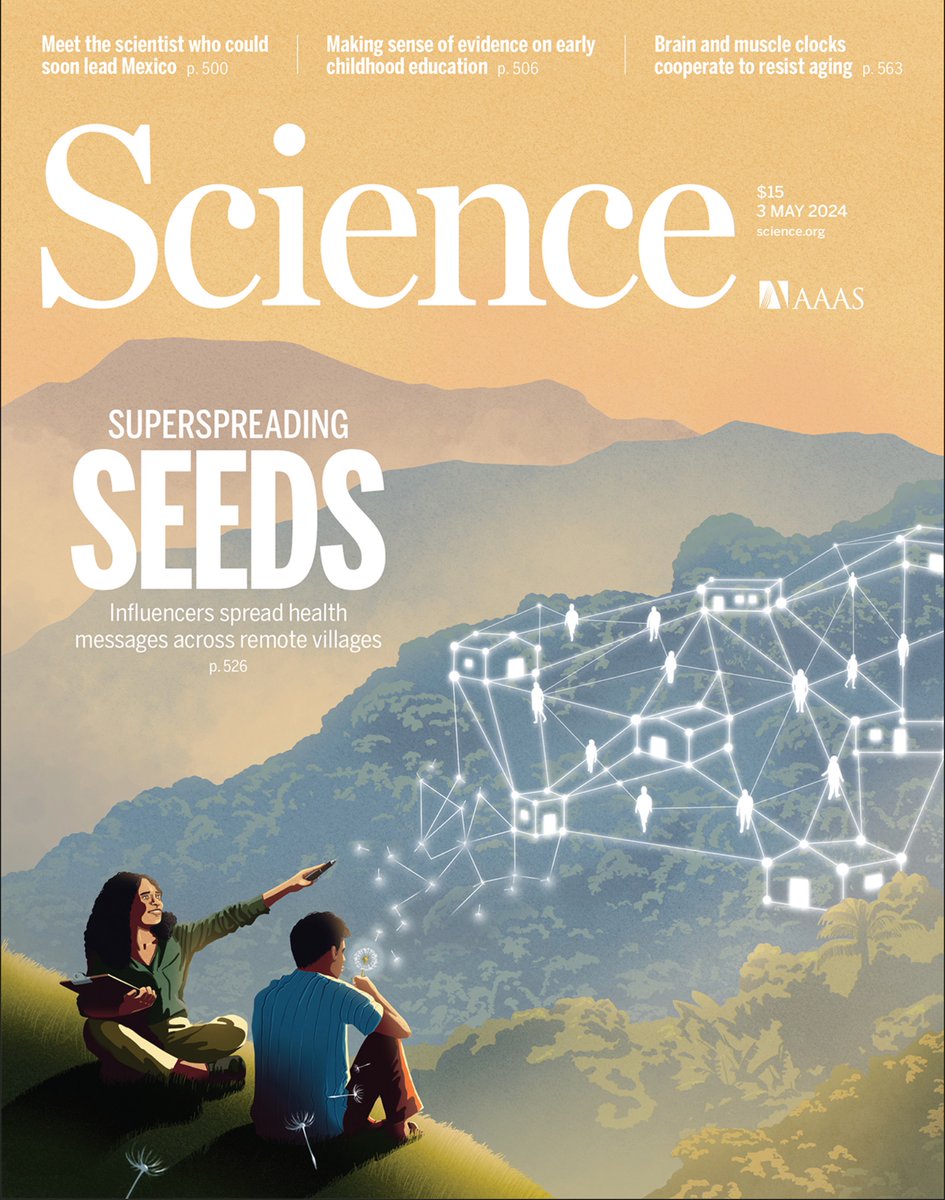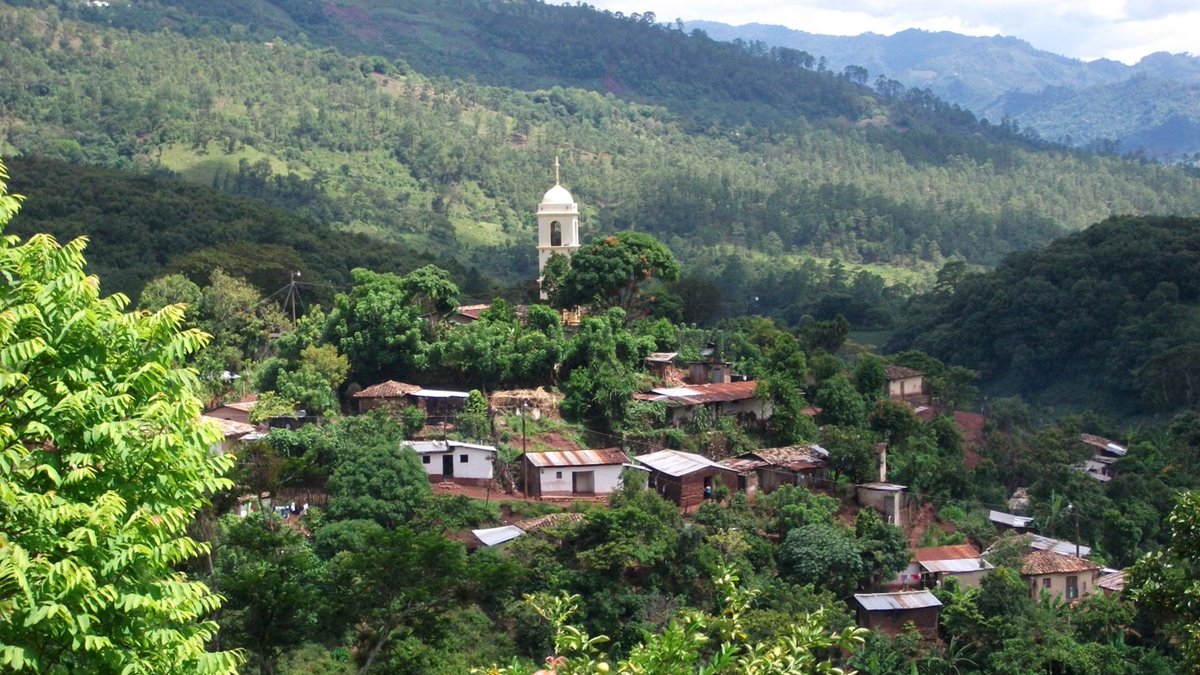New @PNASNews paper shows that police officers speak with consistently less respect to Black versus White citizens, even after controlling for race of officer, severity of infraction, location of the stop, and even the outcome of the stop. pnas.org/content/114/25… 1/
The dataset consisted of transcribed body camera footage from vehicle stops of White and Black citizens by the Oakland Police Department during April 2014. A total of 981 stops of Black (N=682) and White (N=299) drivers was examined using automated linguistic methods. 2/
Officers in police stops whose conversations were captured with body cameras were much more likely to say "hands on the wheel" to Black citizens and use last names with White citizens, even after controls. Across a range of utterances, the disparity is concerning. 3/ 

Officers started less respectful with Black than White citizens and remained so during the duration of the stop. Very soon after stop, however, the informality of the interaction was the *same* for Black and White citizens. Of course, nobody likes being stopped by the police. 4/ 

Further exploring the intriguing finding that the race of the *officer* seemed to have no effect would be important, in my view, as it helps address to the issue of whether there is a culture of policing per se that disadvantages Black citizens. 5/
Such disparities in everyday interactions between police and the communities they serve have important implications for procedural justice and the building of police–community trust. Prejudicial racial disparities at any stage of police and judicial process are utterly wrong. 6/
This fine social science is brought to you by Jennifer Eberhardt's group, @StanfordSPARQ, along with @rfpvjr et al: Nicholas Camp, Vinodkumar Prabhakaran, William Hamilton, Rebecca Hetey, Camilla Griffiths, David Jurgens, and Dan Jurafsky. End #policeimpunity h/t @TJNear 7/
• • •
Missing some Tweet in this thread? You can try to
force a refresh













